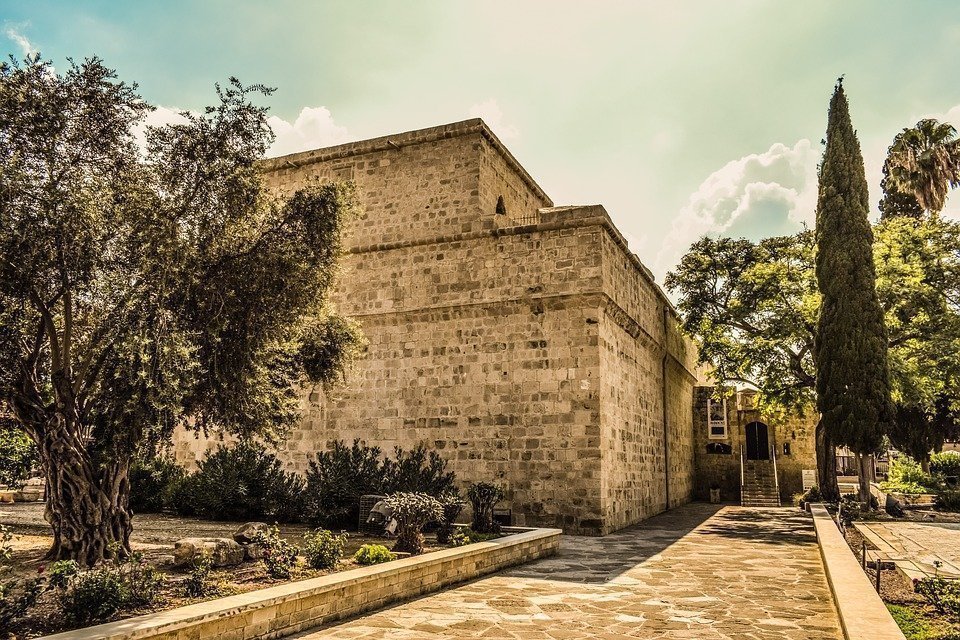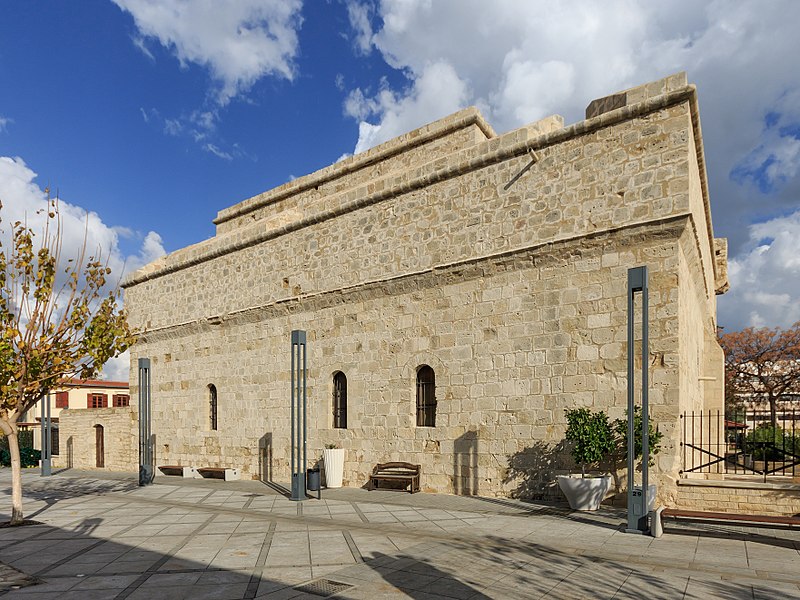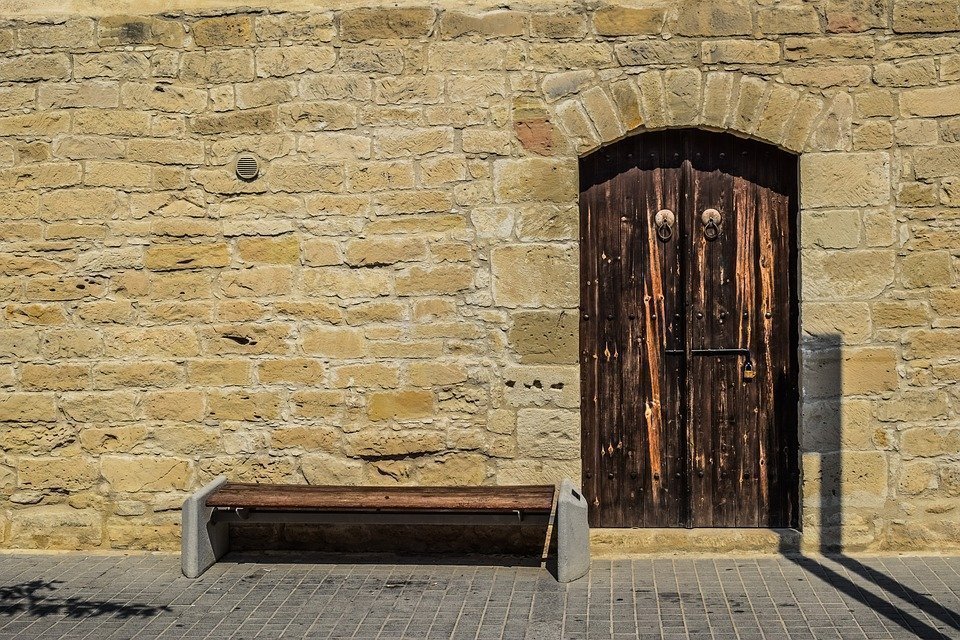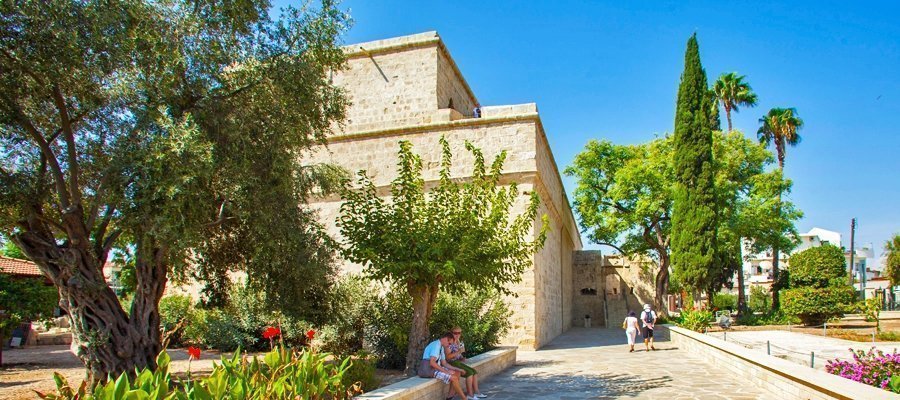The medieval Limassol Castle is situated near the old harbour in the heart of the historical centre of the city of Limassol. The castle as it appears today is a structure rebuilt circa 1590 under the period of Ottoman rule.
Archaeological investigation within the castle revealed that it was built over an Early Christian basilica (4–7th century CE) and a Middle Byzantine monument (10th–11th century CE). Other finds beneath the Castle witness the existence of an important church, possibly the city’s first cathedral

According to Etienne Lusignan, the original castle was erected by Guy de Lusignan in 1193. The first official reference to the fort dates to 1228, during the involvement of Frederic II of Germany in the affairs of Cyprus

From its erection until the beginning of the 16th century, damages were caused by the continuous attacks of the town by the Genoese and the Mameluks as well as by earthquakes alternating with restorations and reconstructions

According to tradition, this is where Richard the Lionheart married Berengaria of Navarre and crowned her Queen of England in 1191
 In 1538 the Ottomans captured Limassol and the castle. The Venetian governor of Cyprus, after recapturing the castle, decided to demolish it in order to avoid its possible seizure. This destruction was completed in 1567–68
In 1538 the Ottomans captured Limassol and the castle. The Venetian governor of Cyprus, after recapturing the castle, decided to demolish it in order to avoid its possible seizure. This destruction was completed in 1567–68

A miniature painting depicting the landing of Ottoman soldiers in Limassol Castle during the Ottoman conquest of Cyprus in 1570–71
After the Ottoman acquisition of Cyprus in 1576, the remains or parts of the remains of the castle were incorporated in the new Ottoman fort, completed in 1590, which was considerably strengthened. During British Rule it functioned as a police station, and briefly as a place of detainment

The underground chamber and the first floor were transformed into prison cells and remained in use until 1950. Today, the fort houses the Medieval Museum of Cyprus

Address: Richardou & Berengarias, near the Old Port
Contact No: Tel: +357 25 305 419
Operating Hours:
Monday – Saturday: 09:00 – 17:00
Sunday: 10:00 – 13:00
Operating Period: All year round
Closed on Public Holidays
Entrance Fee: €4,50
For organised groups consisting of more than 10 persons there is a 20% reduction on the entry fees.
The Department of Antiquities can issue special entry cards for all its museums and ancient monuments: One (1) day entry cards – €8,50, three (3) day entry cards – €17,00, seven (7) day entry cards – €25,00.
Website
Sources:
Wikipedia
CTO
Pictures:
Pixabay
CTO






